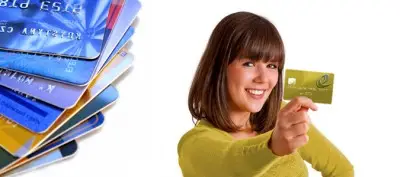

URCHASE, N.Y. — Robert W. Selander was a Harvard University graduate student in the early 1970s when he began using his first credit card with a $200 spending limit.
Credit cards were such novelties that he had a hard time using it much beyond the area of the issuing bank.

MasterCard has come a long way since it started. What began as a small credit card network in 1966 is now one of the world’s most powerful payment brands. Over the past 40+ years, MasterCard has helped shape how people pay around the world—making payments faster, safer, and more convenient.
In 1966, Karl Hinke from Marine Midland Bank invited top bankers in Buffalo, New York, to create a new kind of payment system. Their idea was to build a cooperative credit card network, managed by banks, to make issuing and accepting credit cards easier.
This was the beginning of what would eventually become MasterCard. Back then, it was known as Master Charge.
In the early 1970s, using a credit card was rare. Many people, like Robert W. Selander (who later became MasterCard’s CEO), had trouble using their cards outside of their local bank’s area. With gas costing just 30 cents a gallon, his $200 credit limit felt like a big responsibility.
But even at that time, the idea of using a card instead of cash was catching on.
MasterCard’s growth has been impressive. Over the years, it has grown with technology, changing shopping habits, and the global move toward digital payments.
Here’s how far it has come:
Merchants: From only 131,000 businesses accepting MasterCard to over 24 million today.
Banks in the network: From just 17 in 1966 to over 25,000 now.
Cards issued: From 6 million to over 800 million MasterCard-branded cards.
Global presence: MasterCard now operates in 210 countries around the world.
Today, using a credit or debit card is part of daily life. You can use your MasterCard at:
Fast food restaurants
Movie theatres
Sports arenas
Train stations
Hair salons
Even to pay taxes to the government
As Robert Selander said, “There are very few places where I don’t use my card.”
Consumers around the world are moving away from cash and checks. More people are choosing to pay electronically using:
Credit cards
Debit cards
Online payment platforms
This shift is a big reason for MasterCard’s growth. Even with all the changes so far, the opportunity is still massive. According to industry experts, there are still over $80 trillion in cash and check payments happening globally. This means that there’s still a lot of room for electronic payments to grow.
If you’re a merchant, especially in high risk industries, accepting MasterCard can open new doors. It helps you:
Reach more customers
Offer secure, fast payments
Boost your sales and build trust
Partnering with a trusted network like MasterCard adds value to your payment processing strategy.
If you’re running a high risk, offshore, or international business, we can help you set up a merchant account that accepts MasterCard payments easily and legally.

Copyright 2023-24. All Rights Reserved.